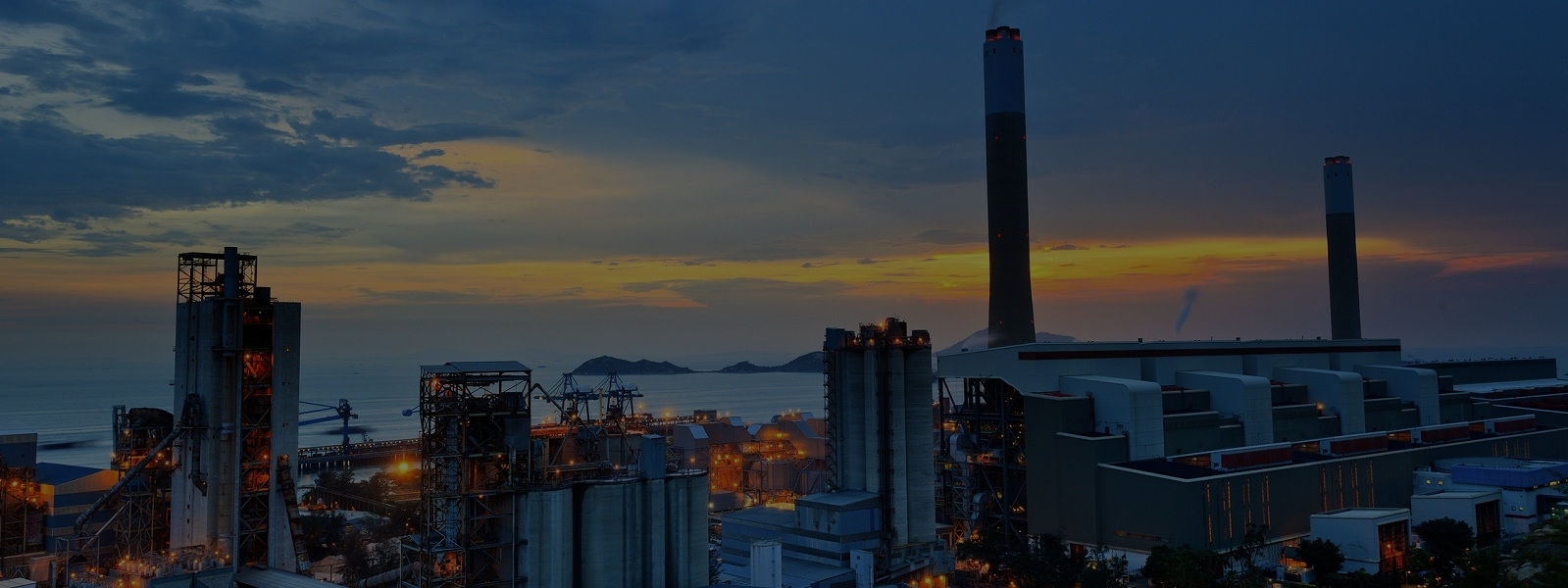

Electrostatic Precipitators (ESPs): Charge particles and then use electric fields to attract them to collecting plates, removing them from the air.
Fabric Filters (Baghouses): Filter particulate matter through woven or filled fabric, trapping particles while allowing clean air to pass through.
Flue Gas Desulfurization (FGD): Removes sulfur dioxide from flue gases, often using a wet scrubbing process.
Dry Sorbent Injection (DSI) is a technology used in air pollution control, particularly for reducing acid gases and other pollutants in flue gas from industrial processes. It involves injecting a dry, powdered sorbent (like lime or sodium bicarbonate) directly into the flue gas stream to react with and neutralize pollutants like sulfur dioxide (SO2), hydrogen chloride (HCl), and mercury.
Selective Catalytic Reduction (SCR) is a technology used to reduce NOx (nitrogen oxides) emissions. It involves injecting a reducing agent, like ammonia or urea, into the exhaust stream temperature between 250°C and 450°C, where it reacts with NOx on a catalyst, converting it into harmless nitrogen and water.
Selective Non-Catalytic Reduction (SNCR) is a method for reducing nitrogen oxides (NOx) emissions from boilers. It achieves this by injecting a reducing agent, typically ammonia or urea, directly into the flue gas. The high temperatures in the flue gas (850-1050°C) promote a chemical reaction that converts NOx into less harmful nitrogen (N2) and water (H2O).